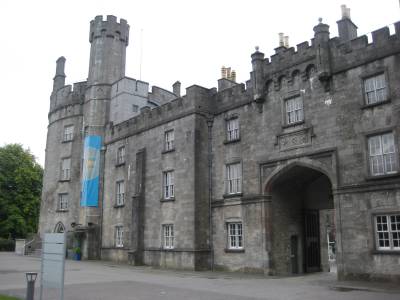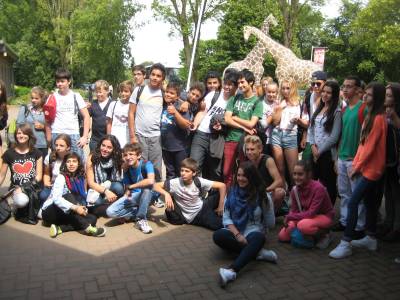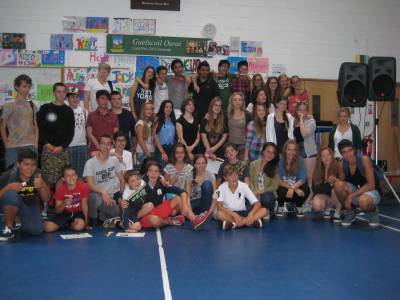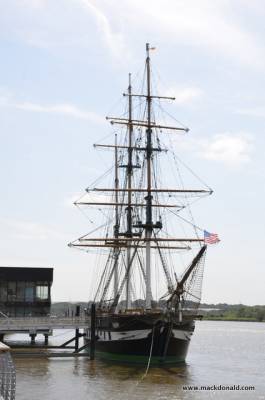 During our visit to Waterford and the Irish coast, we had the opportunity to visit the Dunbrody Irish Emigrant Experience. Many students were suprised to see and experience what life was like for many people around 150 years ago.
During our visit to Waterford and the Irish coast, we had the opportunity to visit the Dunbrody Irish Emigrant Experience. Many students were suprised to see and experience what life was like for many people around 150 years ago.
The Dunbrody Irish Emigrant Experience in New Ross is a great hands-on experience. You are transported back in time to the 1840′s and what life was like in Ireland at that time. When you enter the experience you are given you ticket for the ship. We were given steerage passage to New York on the Dunbrody Ship leaving in March of 1849. As we walked through the building as passengers we learned what it was like to live in a country in crisis. The potato crops were failing, food prices were soaring and people were forced to leave their homes.
All this atmospheric tension of the Dunbrody experience leads to students experiencing the voyage these scared and displaced people would have made to ‘the new world’ on the famine ship, often referred to as a ‘coffin ship’ due to high mortality rates. With the journey to the new world could last to up to six weeks, the Atlantic crossing was a terrible trial for those who were forced to leave lives in Ireland. In extremely overcrowded quarters, the steerage passengers barely saw the light of day. 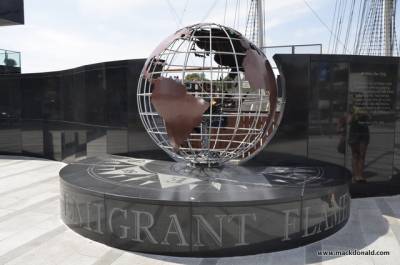
Most were only allowed on deck for only one hour a day, where they would gather around open stoves to cook. When their time was up, it was back down into the dark, dank hold. Notoriously poor hygiene standards aboard most ships was the leading contributor to the high mortality rates. With nothing more than buckets for toilets, and only sea-water to wash with, disease was rampant. As a result, a large majority of the deaths were as a result of Cholera and Typhus and those who died were buried at sea.
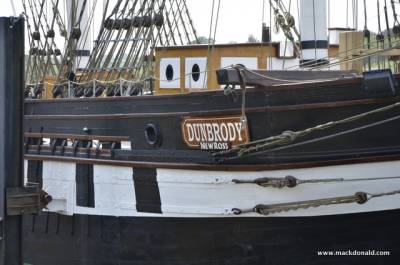 Only those that were physically strong enough to survive the long and disease-ridden journey across the Atlantic Ocean arrived in North America. While many were filthy, penniless, and often illiterate, many Irish emigrants remained determined and were able to start over their life in the United States. For example: Ford motor-company founder Henry Ford and former U.S President, John F. Kennedy.
Only those that were physically strong enough to survive the long and disease-ridden journey across the Atlantic Ocean arrived in North America. While many were filthy, penniless, and often illiterate, many Irish emigrants remained determined and were able to start over their life in the United States. For example: Ford motor-company founder Henry Ford and former U.S President, John F. Kennedy.




